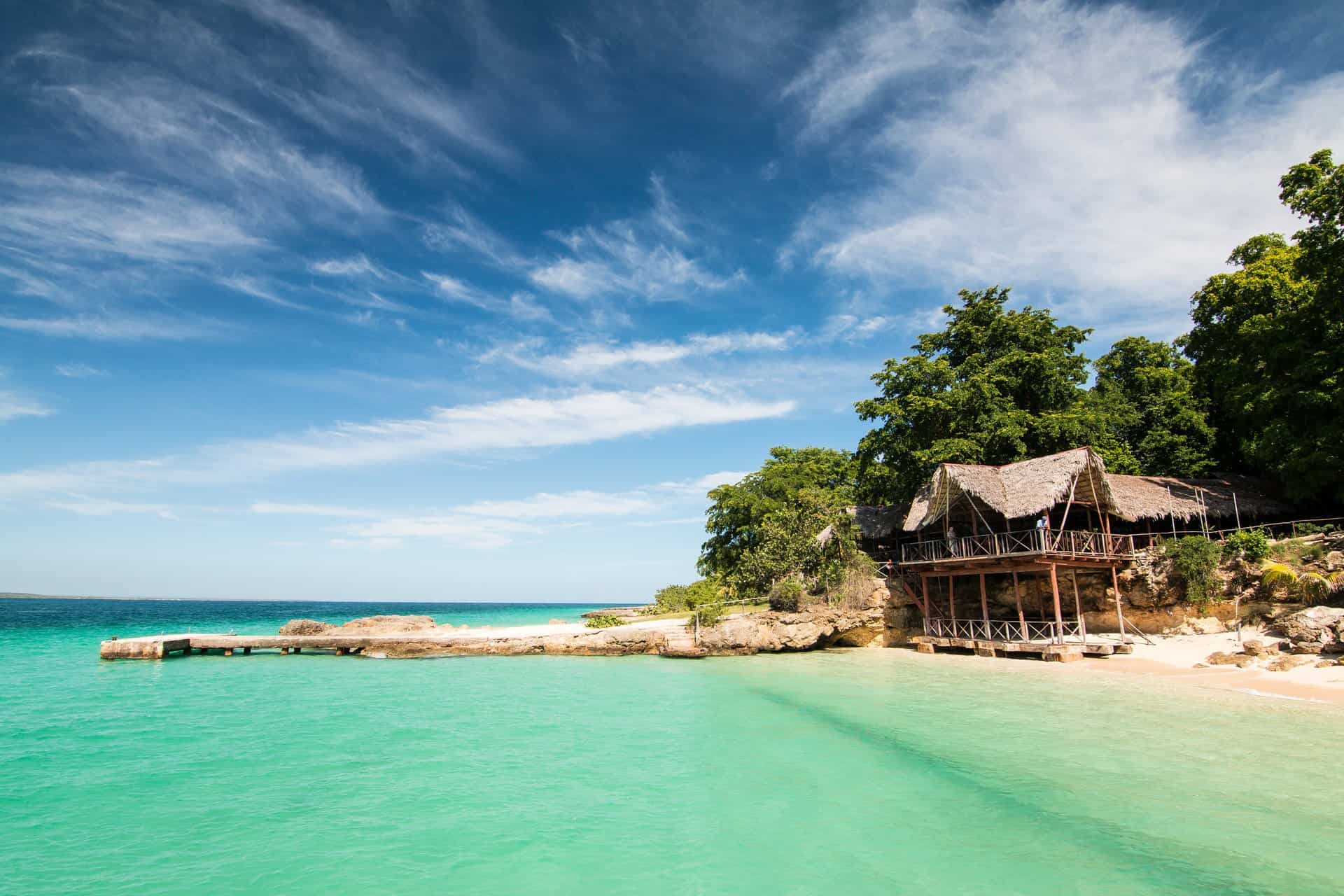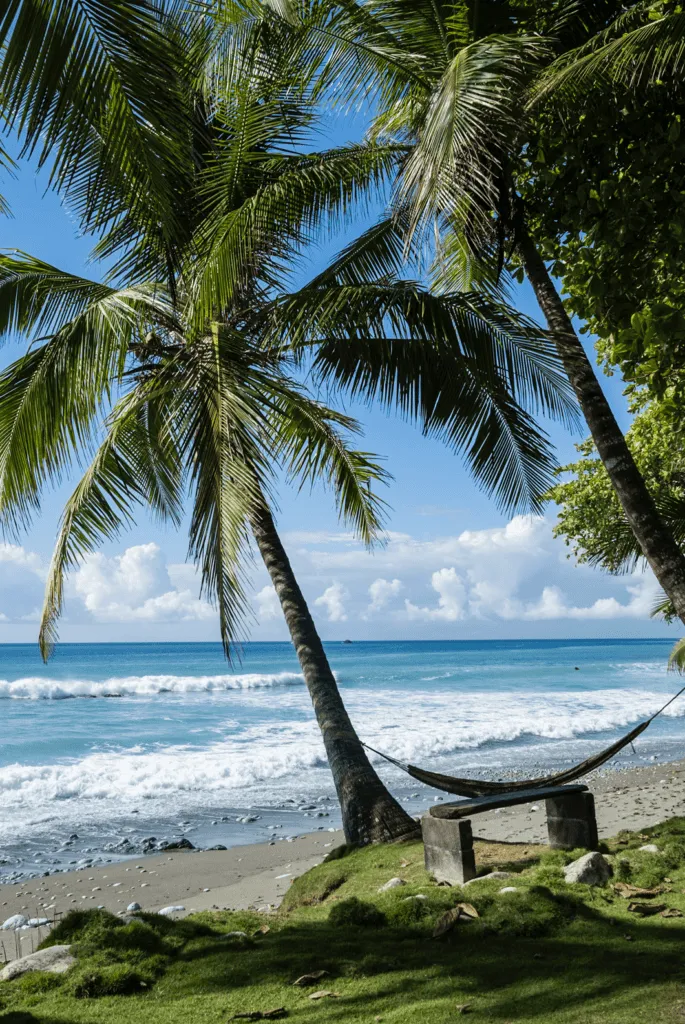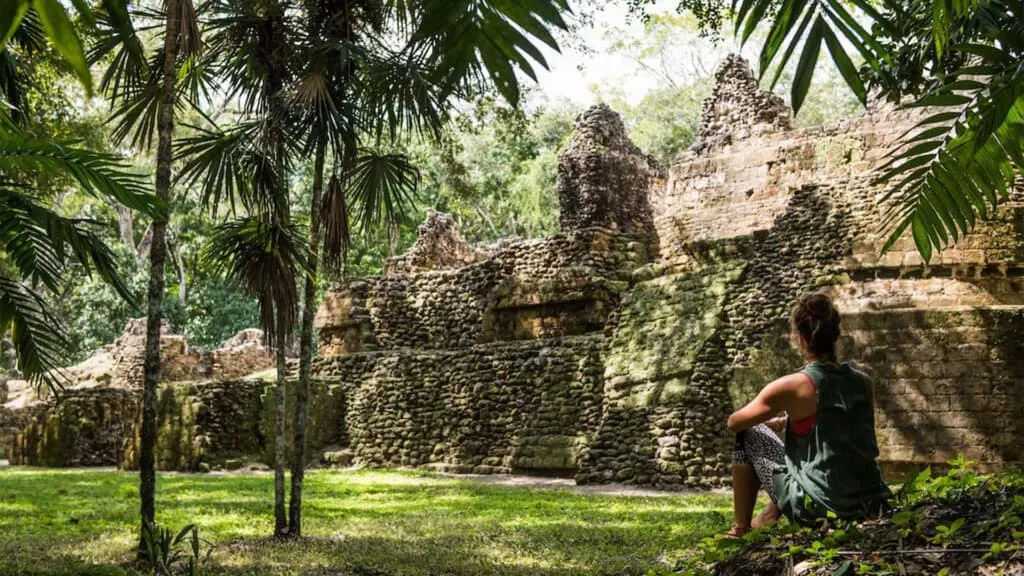
The greatest cinema is never mere entertainment. It is a lens, a battleground, a love letter.
Nowhere is this truer than in Latin America. While Hollywood has long reduced the region to a backdrop of lush jungles, crumbling colonial facades and revolutionaries in fatigues, Latin American filmmakers have wielded the camera to tell their own stories, ones that rarely make it onto Western screens.
The recent triumph of Ainda Estou Aqui, Brazil’s first ever Academy Award for Best International Feature, is a watershed moment for Brazilian cinema. It joins a growing body of works that have shaped Latin America’s cinematic identity: putting its people and places at the heart of the story, celebrating the complexities that are too often simplified by outsiders. This is a journey through its Oscar-winning films, and the destinations that shaped them.
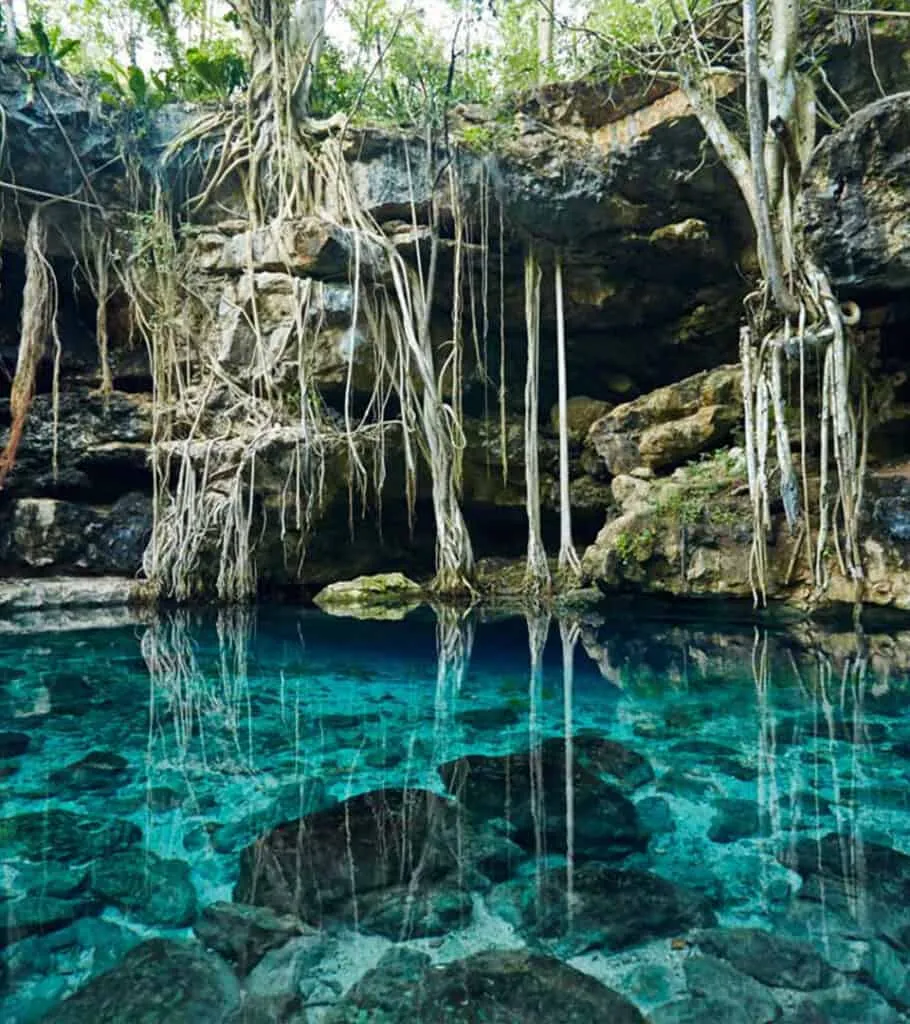
1. Brazil – Ainda Estou Aqui
Walter Salles’ Ainda Estou Aqui is only the fifth Latin American film to win Best International Feature, but its haunting, urgent story feels long overdue. In 1971, Rubens Paiva, a former deputy, was taken from his home by soldiers under Brazil’s military dictatorship. He was never seen again. His wife, Eunice, spent decades unpicking the truth, only for her own memory to be stolen by Alzheimer’s just as long-buried answers begin to surface – the cruellest of ironies.
Filmed in São Paulo and Rio de Janeiro, Ainda Estou Aqui peels back the glossy postcard image of these cities – less beaches and Carnaval revelry, more grit and reckoning. In São Paulo, start in Vila Madalena, a bohemian enclave that was the nerve centre of artistic and political defiance under the dictatorship. Students, exiles, and intellectuals once gathered in its bars and studios, and the walls of Beco do Batman still bear witness, plastered with political graffiti. Visit Ateliê397, a space dedicated to experimental, activist-driven art, or A Casa do Povo – once a haven for dissidents, now an incubator for provocative performances and exhibitions.
In Rio, start at the Museu da República, housed in the former presidential palace where Brazil’s dictatorship was first declared; move onto the Museu de Arte Moderna (MAM) for an insight into the experimental art of the era. Rio’s musicians once waged their own insurrection, and Tropicália – a radical musical movement led by Caetano Veloso and Gilberto Gil – was born in its smoky bars and recording studios; seek out its echoes in the vinyl shops of Lapa and Santa Teresa, where the records that once rattled the regime still spin.
2. Argentina – La Historia Oficial & El Secreto de Sus Ojos
Argentina was the first Latin American country to claim an Oscar with La Historia Oficial (The Official Story) in 1985. It is a film that does not flinch. A mother in Buenos Aires, cocooned in privilege, begins to suspect that her adopted daughter may be the child of a desaparecido – one of the thousands who vanished without trace under Argentina’s last military dictatorship. A slow, devastating unravelling follows, peering behind closed doors to the horrors that lurk beyond.
Fast-forward to 2009, when Argentina triumphed again with El Secreto de Sus Ojos (The Secret in Their Eyes), a masterpiece of a crime thriller that leaps between past and present as a retired judiciary employee revisits an unsolved murder. The film is labyrinthine, but it is one scene that sticks in the memory – a single, unbroken shot through a heaving Huracán football stadium. It is truly audacious cinema, and captures Buenos Aires in all its contradiction and impossible energy.
In the Argentine capital, the past is palpable in its architecture: its Parisian-style palaces from the Belle Époque, modernist towers born from mid-century optimism, once-opulent neighbourhoods now patched up with quick fixes, their faded grandeur reflecting the country’s fragile economy. To trace its history, start at the Casa Rosada, where Juan and Eva Perón once stirred the passes, the crowds, and continue to the Plaza de Mayo, where the Madres de Plaza de Mayo still march weekly, demanding justice for their disappeared children. Walk through San Telmo, where 19th-century townhouses now house antique dealers and tango dancers, or take in the grandeur of Recoleta Cemetery.
But for all its ghosts, Buenos Aires is fiercely alive, and the city pulses with artistry and irreverence. Catch an avant-garde play at Teatro Timbre 4, sip vermouth in a hidden speakeasy at Florería Atlántico, or hunt for rare vinyl at Exiles Records. Join a cena clandestina, an underground dinner party in a stranger’s home, or dance until dawn in a villa-turned-nightclub in Palermo. Whether it’s poetry readings in bookshops, live jazz in warehouse bars, or spontaneous tango in the streets of San Telmo, Buenos Aires never stands still.
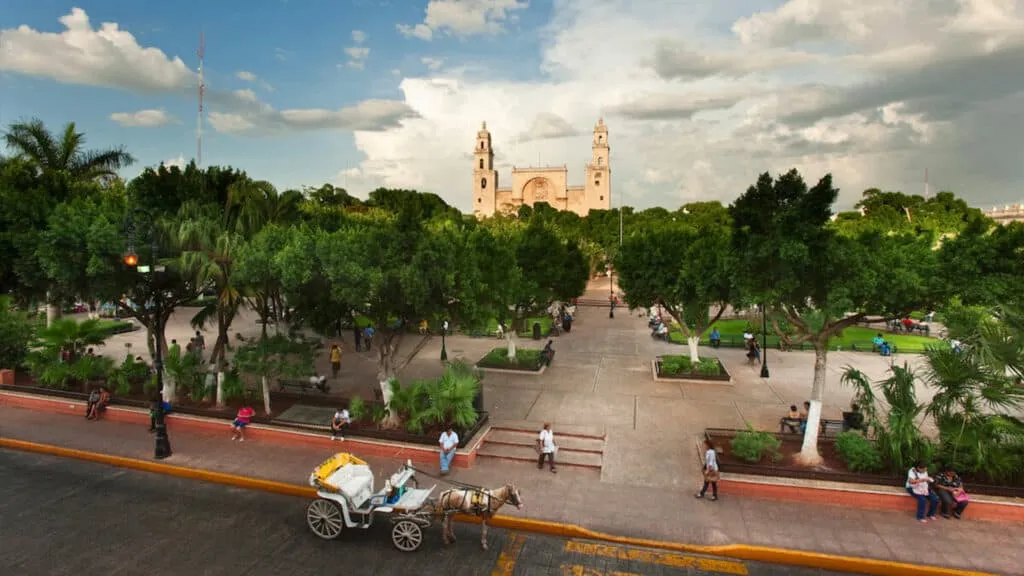
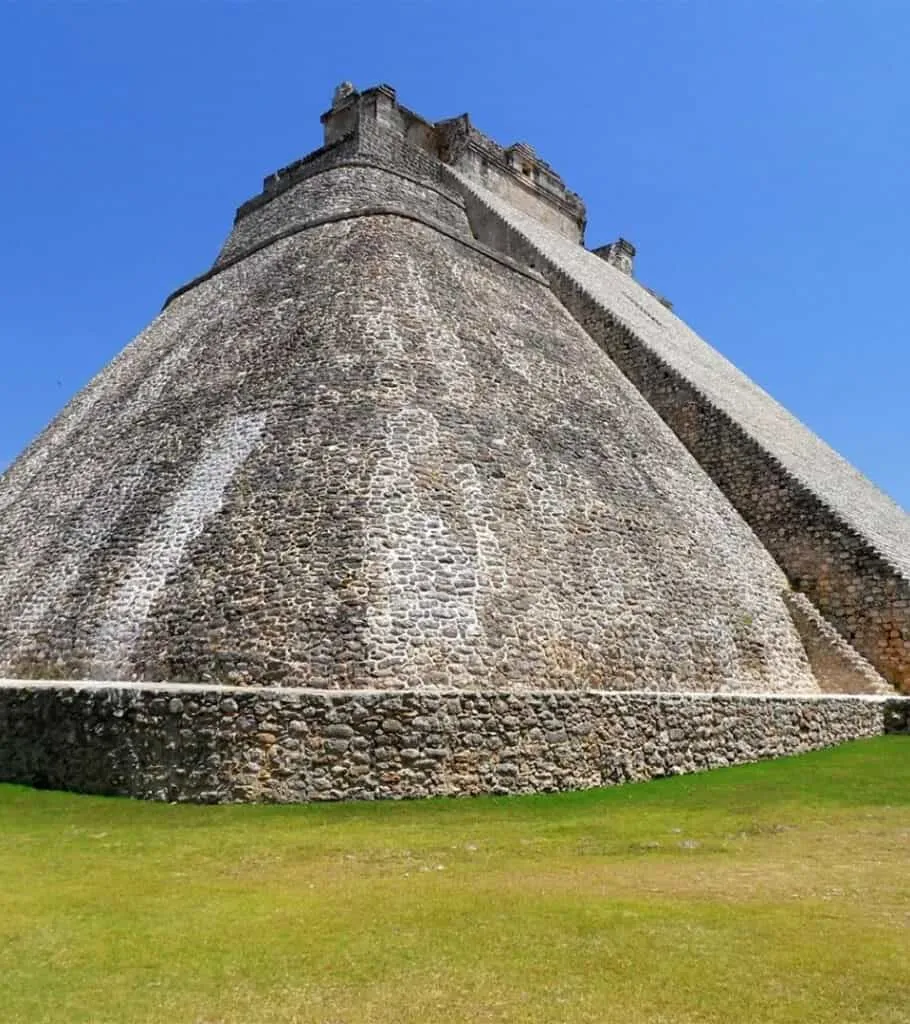
3. Chile – Una Mujer Fantástica
Chile has led the charge in producing many of Latin America’s most visually arresting and politically daring films – none more so than Sebastián Lelio’s Una Mujer Fantástica (A Fantastic Woman) which won Best International Feature in 2017. At its heart is Marina, a transgender singer whose life is thrown into turmoil when her older boyfriend dies suddenly. Played with quiet ferocity by the magnetic Daniela Vega, Marina faces relentless scrutiny and discrimination, and the film lays bare the deep fractures running through Chilean society.
Santiago, where the film was shot, mirrors the defiant energy of its protagonist. To understand its layers, begin in the Plaza de la Constitución, where the Moneda Palace still bears the marks of Pinochet’s 1973 coup. Across the square, the Museo de la Memoria y los Derechos Humanos offers an unflinching account of the dictatorship’s brutality—documents, testimonies, and photographs piecing together a story Chile is still reckoning with.
Walk through Barrio Lastarria, where cobbled streets and grand 19th-century townhouses now shelter independent bookshops, galleries, and theatres that have long been spaces of quiet resistance. Stop at Gabriela Mistral Cultural Centre (GAM), once the symbol of Allende’s socialist project, later taken over by the regime, and now reclaimed as a hub for contemporary art and performance. Visits to Galería Isabel Aninat or Galería Patricia Ready reveal a world of contemporary Chilean artists pushing at the boundaries of visual storytelling.
4. Mexico – Roma
With Roma (2018), Mexico’s Alfonso Cuarón delivered a masterpiece – an intimate, luminous portrait of Cleo, an Indigenous domestic worker in a middle-class household in 1970s Mexico City. Shot in black and white with a documentary-style lens, Roma captures Cleo’s world, the resistance of a woman in the face of forces beyond her control. The film won three Academy Awards, including Best Director and Best Cinematography.
Travellers to Mexico City can step into the world that inspired Cuarón’s vision. The city’s divisions, like those in Roma, are inescapable. Visit Chapultepec Castle, once the grand residence of emperors and presidents, and contrast it with Tlatelolco, where the Plaza de las Tres Culturas tells Mexico’s true story: an Aztec city razed by the Spanish, a colonial church built on its ruins. The Museo Nacional de Antropología showcases Mexico’s Indigenous heritage – one often celebrated in art and tourism yet ignored in daily life, as Roma so poignantly reveals.
For a lighter experience, walk in Cleo’s footsteps through the leafy boulevards of Colonia Roma, stopping for an espresso at Cafebrería El Péndulo, a bookstore-café set in a converted townhouse, or browsing contemporary Mexican art at Galería OMR. Get lost in the sensory chaos of Mercado de la Merced, or slip into Café de Tacuba, a century-old institution where waiters in white jackets serve thick hot chocolate beneath stained-glass windows. In Tepito, seek out a pulquería where pulque – once reserved for Aztec priests – is still poured thick and frothy. And when night falls, follow the neon glow to Arena México, where masked wrestlers hurl themselves from the ropes to the roar of the crowd.
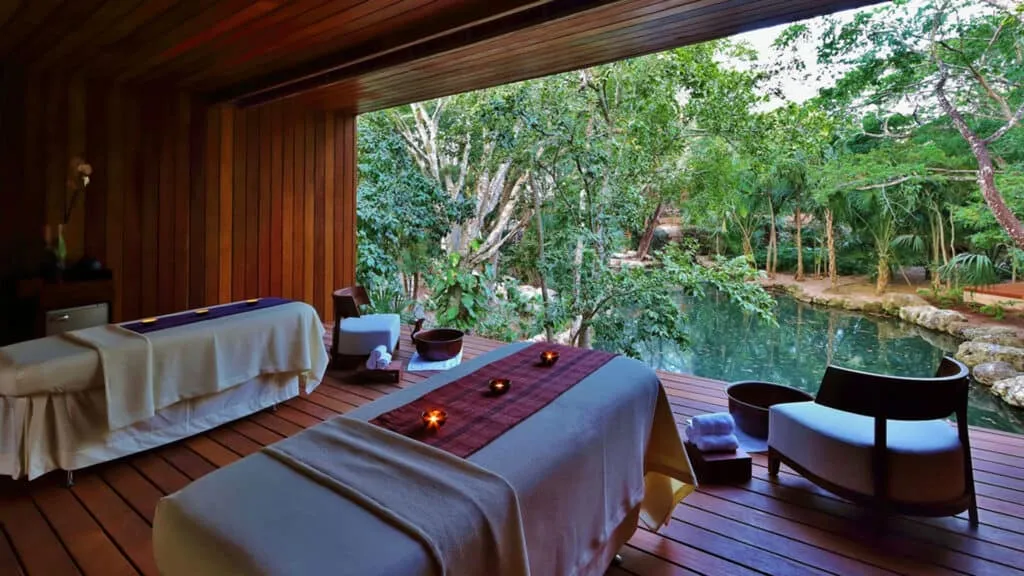
5. Peru – La Teta Asustada
While never a winner, La Teta Asustada (The Milk of Sorrow, 2009) remains Peru’s only Oscar-nominated film to date – and one of the most defiantly un-Hollywood films ever recognised by the Academy.
Directed by Claudia Llosa, the film explores a uniquely Peruvian folk belief: la teta asustada is said to afflict children conceived during traumatic events, with sufferers believed to be ‘born without a soul’. The film’s protagonist Fausta carries in her body the pain of her mother’s suffering under the brutal years of the Sendero Luminoso insurgency.
La Teta Asustada goes far beyond Peru’s touristic gloss, into the realities of its indigenous communities and experiences. For a deeper exploration of Indigenous culture in Lima, the Museo de Arte de Lima (MALI) houses an extraordinary collection of pre-Columbian ceramics and textiles, and the Museo Pedro de Osma offers a glimpse into the Andean Baroque traditions that shaped Peru’s visual identity. A visit to the Lugar de la Memoria provides powerful context on Peru’s modern struggles. In the Sacred Valley, Ollantaytambo’s ALQA Museo showcases Indigenous artistic expression through historic and contemporary works, while the Indigenous Amazonian Art Centre offers an immersive look into the visual traditions of the Amazon’s many ethnic groups. Encounters with Indigenous weavers in Cusco’s Centro de Textiles Tradicionales reveal centuries-old craftsmanship passed down through generations.
To truly get a grip on CDMX’s creative soul, go beyond its grand neighbourhoods. In Coyoacán, the blue walls of Casa Azul guard Frida Kahlo’s world of personal letters, unfinished canvases, traditional rebozos. Nearby, Diego Rivera’s Anahuacalli museum stands as a tribute to the Indigenous cultures that shaped his vision.
Related Stories
South America is the secret season every serious skier has on their radar – and for good reason. When the lifts grind to a halt in the north, the Andes come alive from July to November. Expect remote lodges reachable only by air, boutique resorts with no lift queues, private properties overlooking Patagonian lakes, and sidecountry bowls you can lap until your legs give out. For the suitably adventurous, there’s even heli-skiing from the deck of a superyacht. Tap the link in bio for our guide to South America’s best ski destinations.•••#Portillo #CerroCatedral #PlanSouthAmerica

The Insider’s Guide to Chile’s Atacama Desert

Discovering Gaston Ugalde: Bolivia Through the Eyes of the Andean Warhol

Where to Ski in South America
@plansouthamerica
